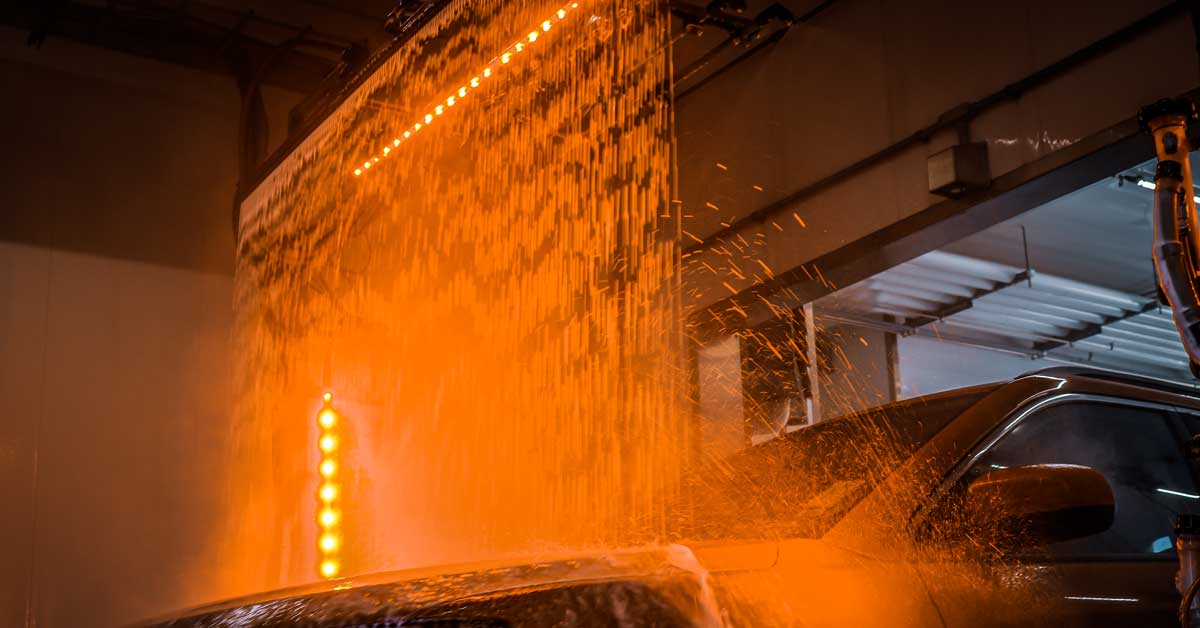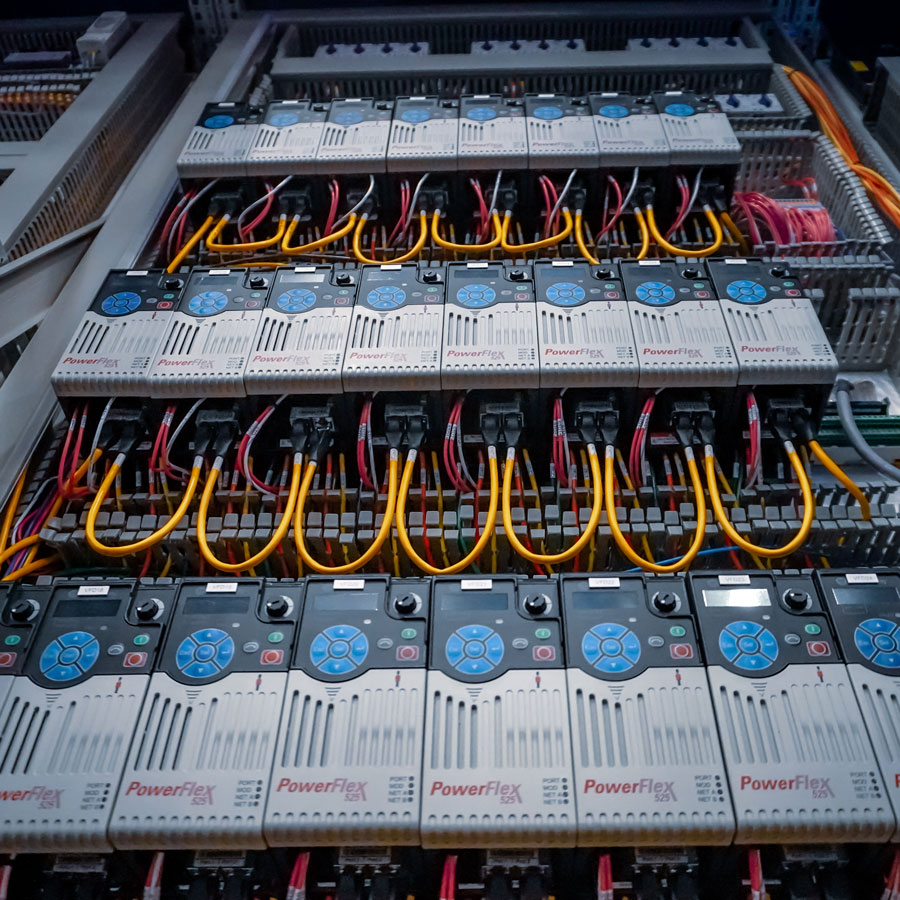- (518) 741-4200
- info@innovateITcarwash.com
What Are Pulse Switches?
What Are Pulse Switches?
In car wash operations, precision control and efficient timing are crucial. This is where pulse switches step in, playing a vital role in optimizing various processes.
A pulse switch is a proximity sensor that sends an input to your tunnel controller to communicate how far a vehicle has traveled on your conveyor. Every time the input is sent, it is telling your tunnel controller the distance that vehicle has traveled.
So, why are pulse switches important?
1. Timing Control & Sequencing
Pulse switches allow for precise timing control, ensuring your equipment is activating and deactivating at the proper intervals for your tunnel. This allows your equipment to operate in a specific order based on the stages of the wash process, such as pre-soaking, high-pressure washing, chemical application, and rinsing.
2. Process Optimization
By regulating the timing of various components, pulse switches optimize your water usage, chemical distribution, and overall cleaning performance. This leads to a more effective and efficient car wash operation, improving the quality of your wash and reducing resource wastage.
3. Control Signal Management
Pulse switches manage control signals that trigger the activation and deactivation of components. They ensure reliable communication between your tunnel controller and your car wash equipment, allowing for smooth and synchronized operation.
If you lose the pulse, the tunnel controller will no longer know how far the car has traveled in your tunnel.
What Are Simulated Pulse Switches?
In the event your pulse switch fails, you can utilize a simulated pulse switch. A simulated pulse switch uses software algorithms and digital control systems to achieve the same functionality.
Simulated Pulse Switch Challenges
While simulated pulse switches are a viable backup option, they also present certain challenges.
- System Complexity:
Simulated pulse switches rely on more complex controls. Parameters must be very precise to ensure proper setup, configuration, and troubleshooting.
- Dependence on Software Reliability:
Simulated pulse switches heavily rely on software algorithms for their operation. Any bugs or glitches in the software could potentially impact the performance and reliability of the switch. Thorough testing is crucial to minimize these risks.
- Manual Adjustments:
Because simulated pulse switches are using electronic signals to communicate to your tunnel controller, parameters must be manually adjusted. Prior to adjusting your conveyor speed, you must adjust your settings to ensure the proper timing of your equipment.
Preventative Maintenance & Troubleshooting
In order to reduce or assess issues with your pulse switches, there are a few key areas to evaluate.
- Sensor Cable:
Ensure the sensor cable from your pulse switches are safe from getting caught or pulled loose.
- Sensor Face:
Wash the sections of your conveyor where your pulse switches are located. This prevents debris from covering or clouding the face of the sensor.
- Sensor Bracket:
Properly tighten and secure the lock nuts on either side of the sensor bracket. If the bracket is lose, the sensor can move away from the target on the sprocket.
- Distance from Target:
Verify the distance between the face of the sensor and the target that passes it. Ideally, you should have 1/8″ or less between the two points.
Pulse switches are indispensable tools for your car wash. By understanding their functions in your car wash car process, you can maximize efficiency, improve overall cleaning performance, and enhance customer satisfaction.
Harnessing the capabilities of pulse switches requires proper installation, regular maintenance, and proactive troubleshooting. You should always consult your equipment manufacturer’s guidelines and seek assistance from qualified technicians when needed to ensure optimal performance.



